T.E. (Hoagy) Wilson, author of the Detective Sánchez series of crime novels, recalls the making of The Maximum Marmora Phenomenon in the days of mini-DVs.
I first got the idea to make a movie about Marmora, Ontario, after hearing that a fellow named Spider Hastings held a raucous music festival called Punkfest on his Marmora property, Spiderland Acres.
This was in 2004, and I was intrigued about the story of a conservative small town hosting hundreds of punks at a nearby farm. I teamed up with the Peterborough filmmaker Brian Mitolo, and we went to Marmora to talk to Spider and some folks in town. Things soon changed.
This little village on Highway 7, forty-five minutes east of Peterborough, was home to Catholic holy site where faithful pilgrims, many of them coming from as far away as the Philippines, had visions of the Virgin Mary.
— Director/Author T.E. (Hoagy) Wilson
After plenty of Google searches and hearing stories from locals, I realized that Marmora was host to some pretty strange goings-on and that a longer documentary was in order. But how to do it? I'd never made a movie before.
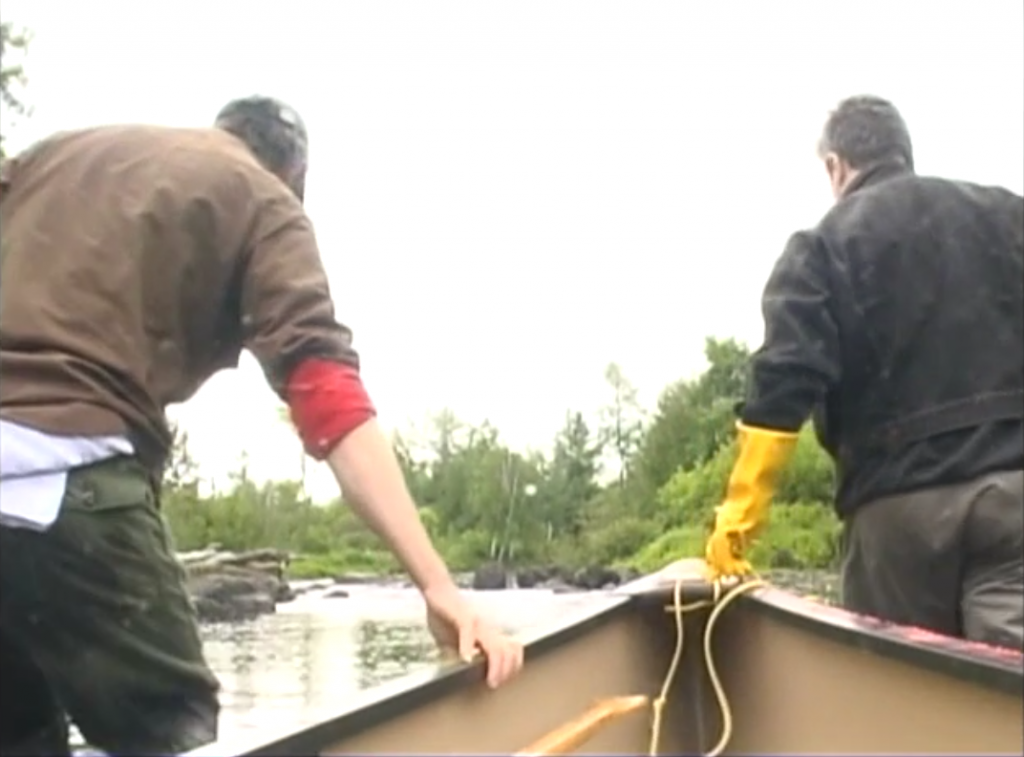
Brian was a big help, both in giving me validation and also, importantly, being the guy who knew how to use the camera, but I had no sense of how to tell the story — or even if we had a story at all. (At the time, we were shooting on a Canon XL2 Mini-DV camcorder that was owned by the Peterborough Arts Umbrella. We knew digital was coming, but we weren't there yet.)
After months of filming, numerous trips to Marmora, as well as side jaunts to Toronto and Sudbury, Brian and I ended up with a large collection of mini-DV tapes. I had a sense of the stories that would make up the film and had gone through all of the footage, cataloging various clips, noting their timestamp, length, and adding notes on the content, whether visual or auditory. This was what I called my "build", which was really just a Word document with edit instructions. It amounted to about two hours of footage. (I can't recall exactly, but I think we had about 40 hours in total.)
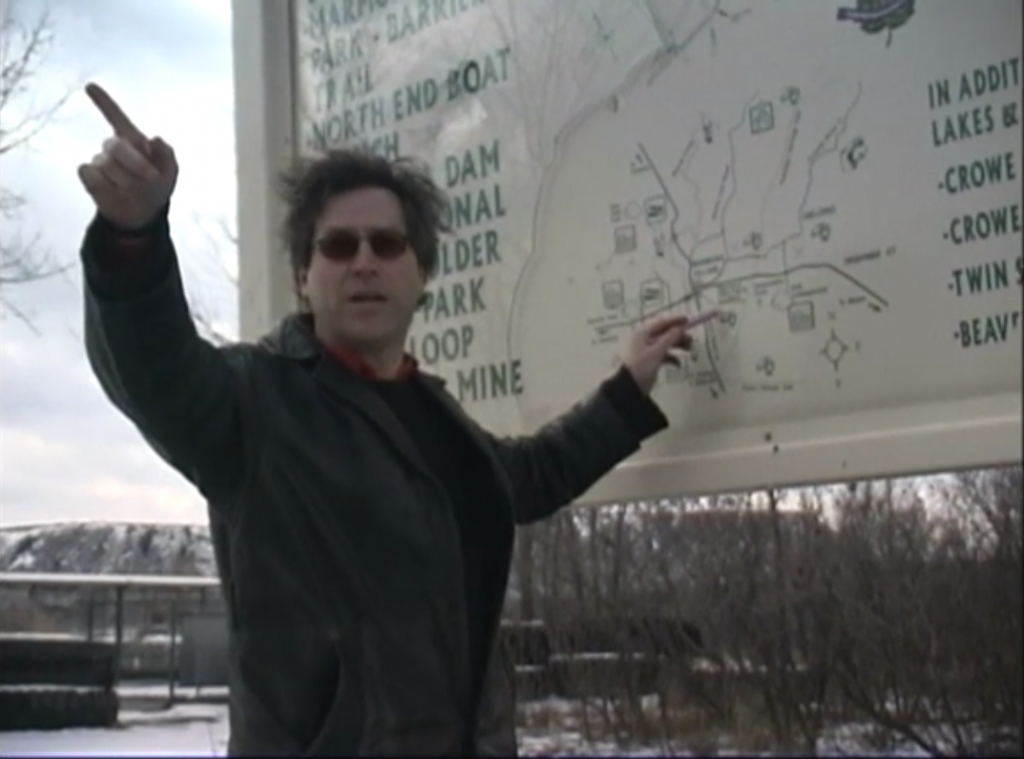
Brian and I put together the build, which was an exciting process, but also unnerving. The good news was that it was obvious to both of us that we had a film on our hands. The stories coming out of Marmora were pretty crazy and made Punkfest look like Sunday stroll. This little village on Highway 7, forty-five minutes east of Peterborough, was home to Catholic holy site where faithful pilgrims, many of them coming from as far away as the Philippines, had visions of the Virgin Mary.
A short walk from "downtown" was an impressive 700-foot deep iron pit that was slowly filling with water. And just a few miles down the road was another abandoned mine and refining site, but this one was loaded with toxic arsenic and low-level radioactive waste.
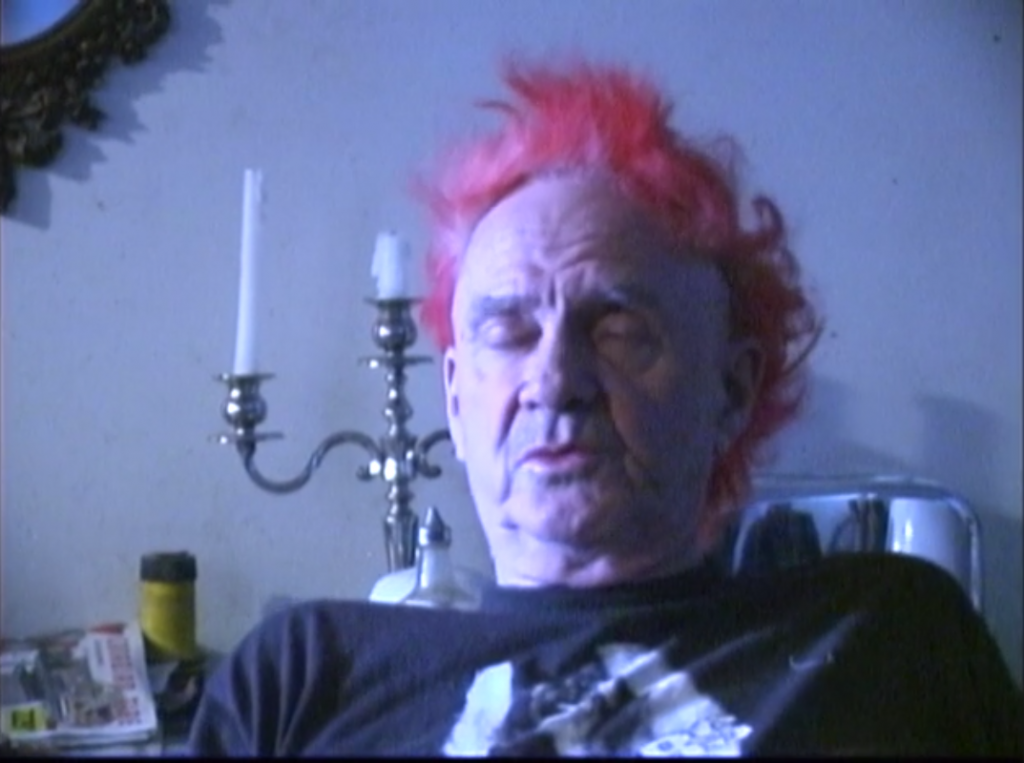
We had stories from former residents, local politicians, environmentalists, artists, and cracked scientists. We had footage of me on an air mattress floating out in the lake in the immense iron mine pit and of a canoe trip up the Moira river and into the toxic waste site. This was a fun but also disturbing document, full of unusual characters and crazy adventures.
I knew there was a movie in there somewhere, but the build was like a rough ultrasound of the real thing. Somehow, I needed to find a way to see it. The various phenomena in Marmora were linked mostly by geography, yet the people we spoke to had a passion for the place and were often able to speak on multiple topics.
These were stories that wanted to be told, but I knew the average viewer was going to need a much tighter, more intense experience.
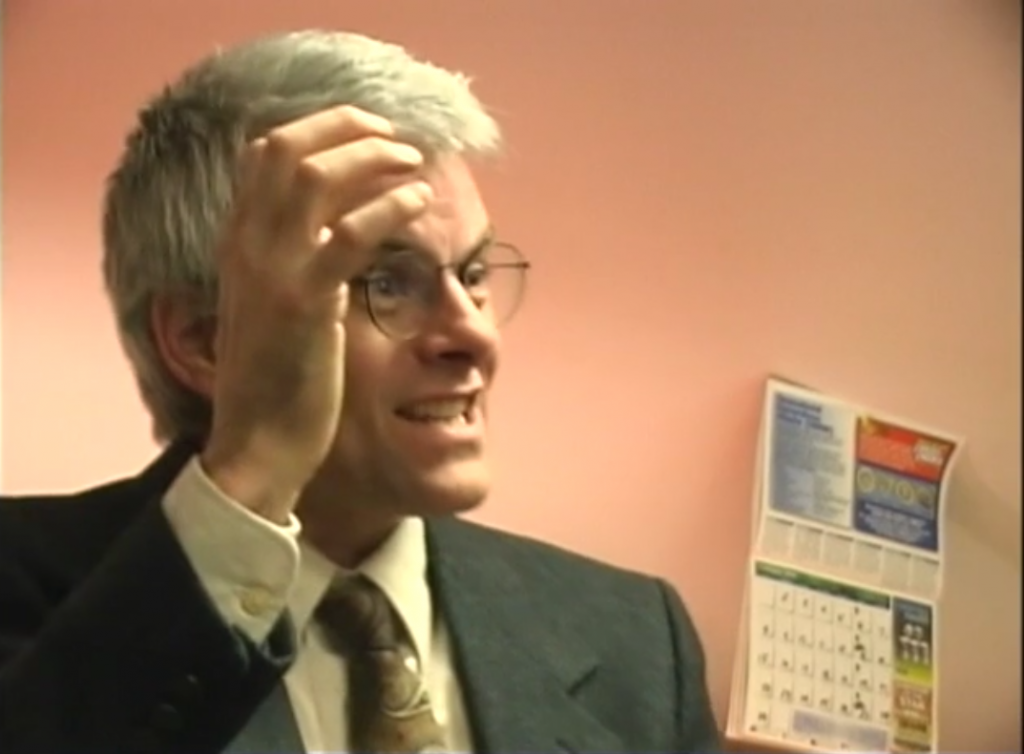
I remember well when we first gave Lester the build and asked if he could turn our jalopy into a film that could drive smoothly and, most importantly, shift gears without jolting the viewer. Lester saw that there was a film in there, too. At first, Lester worked on his own, and then later he edited at night at Powerhouse video in Peterborough with Brian and me looking over his shoulder. It was an amazing experience.
On more than one occasion I know we tried Lester's patience, but at the same time — and this happened so often it became the norm - it was Lester who was pulling a rabbit out of his hat. We'd be looking at a scene that didn't bridge, and Lester would recall an image or a slice of dialogue. He'd know what tape it was in (amazing, given that we had dozens in a cardboard box) and where the scene appeared. It was incredible to watch his level of visual and auditory recall. This unwieldy non-movie began to gel into something remarkable. Though I had given some form to the larger idea with my build, it was Lester who distilled the movie into its thematic chapters, using a haunting piece of music by Janette Platana as a bridge.
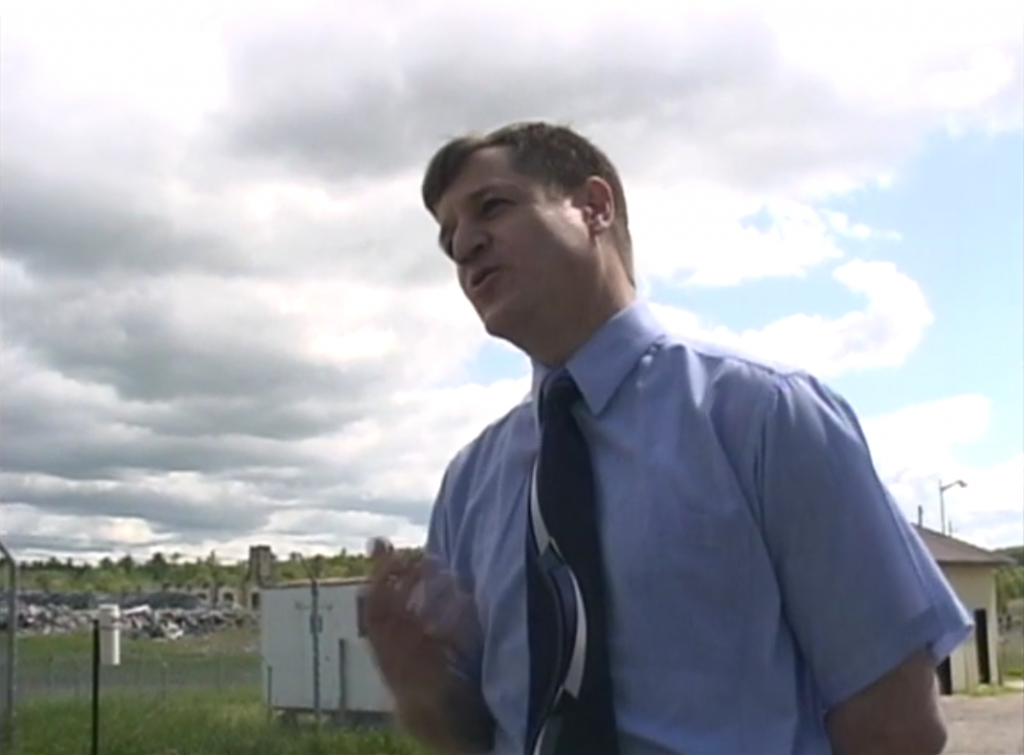
And I recall clearly one night — the last night, I believe, when we were all exhausted - that it was Lester who nailed the final title for the movie: The Maximum Marmora Phenomenon.
In the end MMP got into the local Reframe Film Festival in Peterborough, and went on to be selected for Planet in Focus in Toronto, as well as the Catalonia International Festival of Environmental Film (FICMA) and another smaller festival in the UK. It's an odd movie in that some of it has a DIY home video feel, with other parts staged and shot with proper light and sound, making these sequences look like a more conservative, "professional" documentary. Credit here goes to Brian Mitolo, who knew that an audience could handle these shifts. The movie packs a hell of a lot of information into 33 minutes, and has a nice rolling feel to it. The viewer is carried by one odd-ball story-line, and then gently handed off to another, even stranger narrative, and then another and another. It's like a fugue, or getting high. When it comes to an end, there's this weird feeling of 'What just happened?'. And this isn't due to any razzle dazzle in terms of how the film was shot. It was simply the strength of the distinct narratives, the unusual characters and Lester's editing, which combined a beautiful logic to deftly link image, voice, and sound.
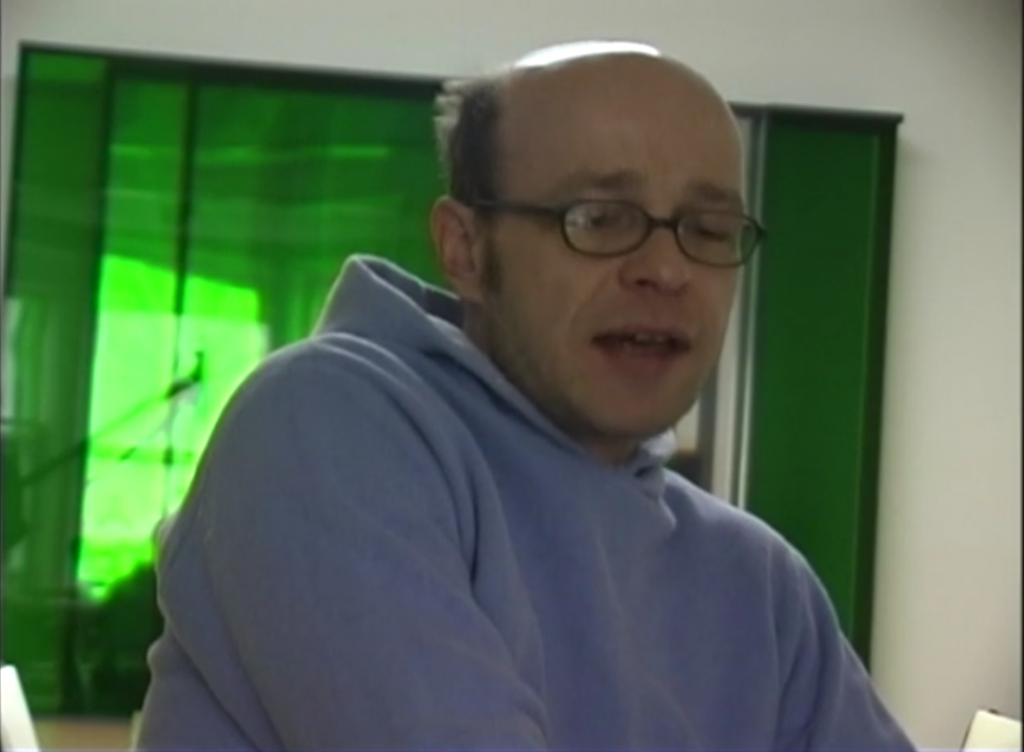
T.E. (Hoagy) Wilson is the author of the Detective Sánchez series of crime novels. Much of the inspiration for the novels comes from Wilson’s experience in Latin America. These include a stint as a human rights observer in post-conflict Guatemala with the Network in Solidarity with the People of Guatemala (NISGUA), and his work as a journalist. He has reported from Mexico for the Globe and Mail, the CBC, CTV, Toronto Star, Rabble.ca, and InSight Crime, among other news outlets. For his non-fiction writing, he has received a CBC Canadian Literary Award (first) and a National Magazine Award (gold). https://detectivesanchez.com/
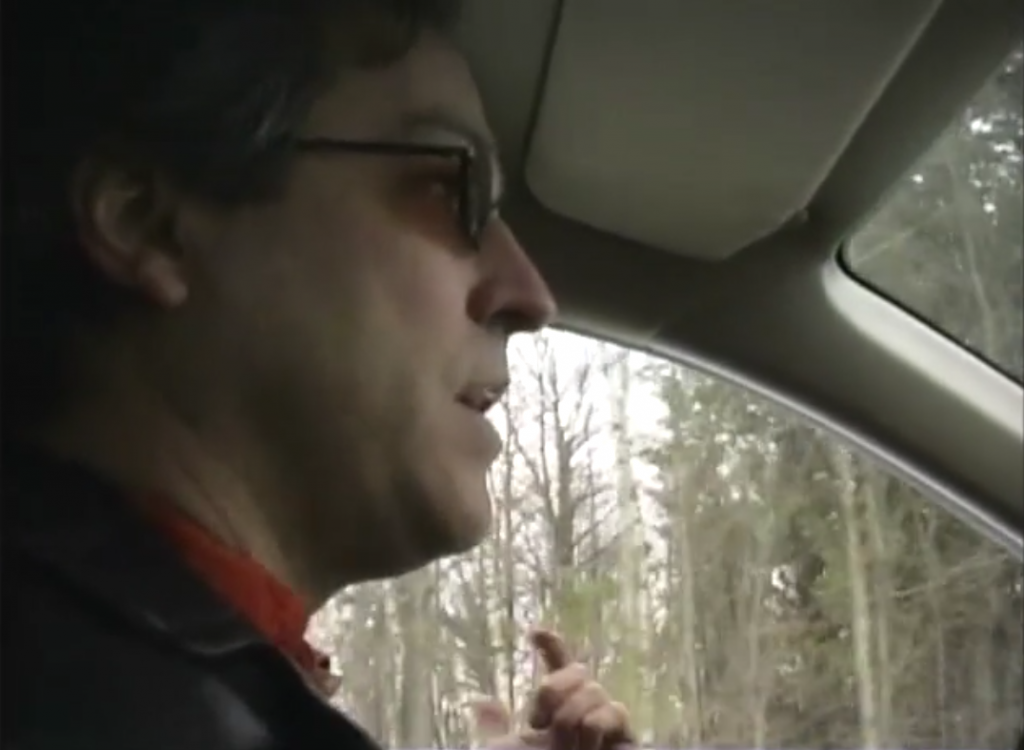
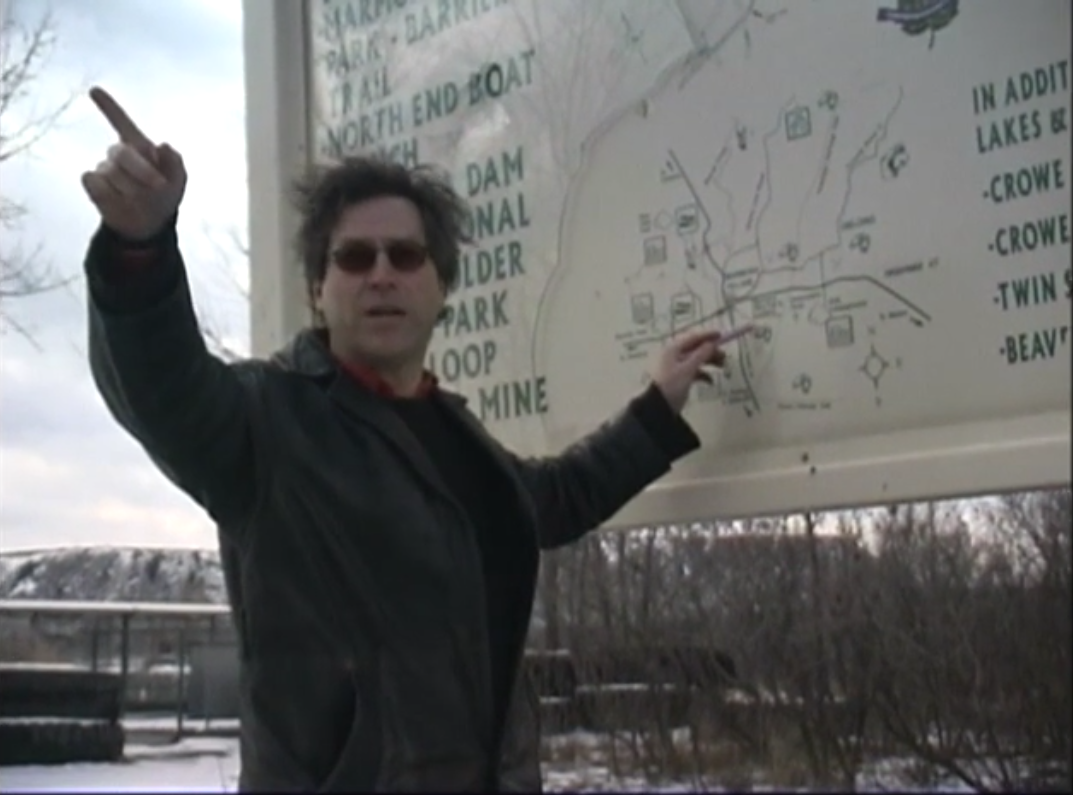
Comments